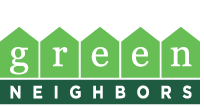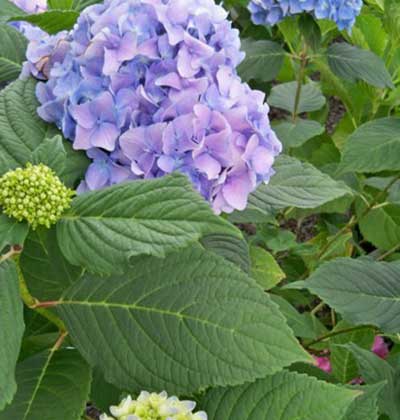Hydrangea
- Scientific Name: Hydrangea
- Garden: Beneficial Insects and Compost Garden
- Plant Type: Shrub
- Evergreen/Deciduous: Deciduous
- Sun/Shade Exposure: Full Sun to Part Shade
- Moisture Requirements: Moist, Well-Drained
Plant Information
Culture: Most Hydrangeas perform best when planted in dappled or afternoon shade. Those in full sun often burn and require extra watering.
Fertilizing: For blue flowers, use fertilizer for acid-loving plants. Use rose & flower food for all other hydrangeas. In all cases, follow the package directions for whatever food you choose.
Pruning:
Remove dead flowers in fall or late winter. Count 2 leaf-sets beneath the flower cluster and cut just above the second set. Repeat-blooming Hydrangeas can be dead-headed as old flowers fade.
Hydrangea arborescens blooms on wood, so prune branches to knee-level in late winter.
Rejuvenating or down-sizing large Hydrangeas – in late winter, take a long look at the overall structure of the plant.
Make 3-5 thinning cuts evenly through the body of the plant, choosing the branches are the most offending and cut them back to a major branch or to the ground.
After each cut, step back and choose the next wisely.
Remove dead wood, and branches that are growing toward the interior of the plant.
This type of careful pruning encourages growth in the interior & from the base during spring.
Next, remove dead flowers and cut back branch tips. Count 2 leaf nodes down from branch tips and cut above the second node. This ensures summer flowers.
Pests & Diseases: Hydrangeas are prone to fungal problems, but they are typically not life-threatening. Leaf Spots and Powdery Mildew are the most common diseases in Portland, and they can often be avoided by increasing soil drainage and air circulation in the environment of the plant. If plants become diseased, remove affected foliage, remove all leaves from beneath the plant in fall when leaves drop naturally, and mulch the ground under the plant. Fungicides are available in addition to cultural treatment. Succulent growth attracts slugs, aphids and deer. All can distort and stunt growth. Slugs can be effectively controlled with bait or beer, aphids can be washed off with water or insecticidal soap, and there are several sprays out there that deter deer.
Data Source
https://www.portlandnursery.comPlant Photos





